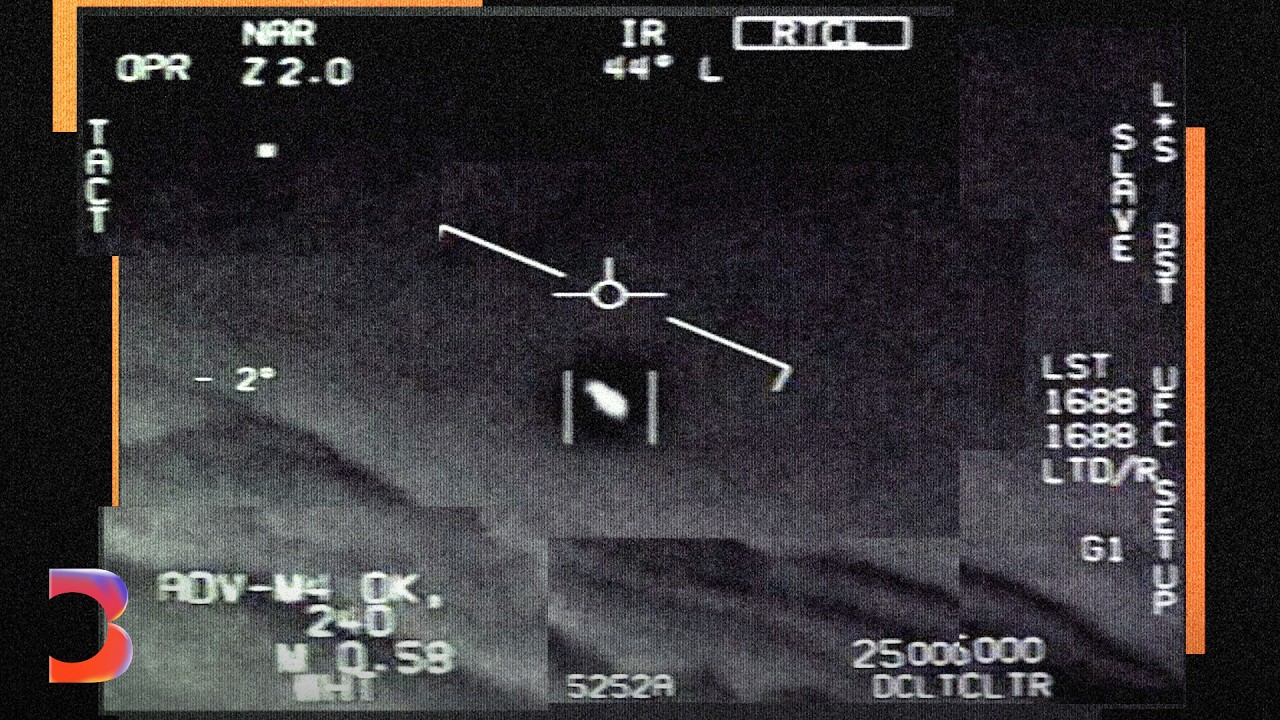The video highlights Harvard’s Galileo Project, a scientific initiative using advanced technology and AI to systematically study UAPs, aiming to bring transparency and rigor to the investigation of unexplained aerial phenomena. It contrasts this open, research-focused approach with secretive military projects, emphasizing the importance of scientific inquiry in uncovering the truth about potential extraterrestrial life.
The video discusses the emergence of scientific efforts to investigate unidentified aerial phenomena (UAP), sparked by leaked military footage in 2017 that showed unexplained objects performing extraordinary maneuvers. Confirmed by the Pentagon, these videos reignited public and governmental interest in UAPs, leading to official reports acknowledging numerous sightings. Amidst skepticism and stigma surrounding the topic, Harvard University launched The Galileo Project, a serious scientific initiative aimed at systematically studying UAPs using advanced technology and artificial intelligence.
The Galileo Project employs a network of observatories equipped with cameras, sensors, spectrometers, and infrared devices to monitor the entire sky continuously. Unlike traditional astronomical observatories focused on distant space objects, this project concentrates on objects passing within Earth’s atmosphere. The data collected is processed through custom-built AI software trained to filter out known objects like planes and birds, enabling researchers to identify genuine anomalies and gather detailed information about potential UAPs.
Harvard researchers, including postdoctoral scientists Richard Cloete and Laura Dominé, are leading the development of detection models from scratch, a complex task given the lack of existing tools for sky-object detection. Their work involves deploying multiple sensors across large areas, capturing electromagnetic spectrum data, and analyzing hundreds of thousands of objects to distinguish between explainable phenomena and genuine anomalies. The project aims to bring scientific rigor and transparency to UAP research, challenging the stigma and secrecy that have historically hindered serious investigation.
The video highlights the contrast between The Galileo Project’s open-source, scientific approach and the secretive military projects like the Pentagon’s Gremlin Project, which also tracks UAPs but remains classified. While the government views UAPs primarily as a national security threat, Harvard’s initiative seeks to understand the phenomena from a scientific perspective, emphasizing data collection, peer-reviewed publication, and public transparency. This approach aims to de-stigmatize the topic and encourage broader scientific engagement, including contributions from students and young researchers.
Ultimately, the video underscores the importance of persistent inquiry into UAPs, suggesting that science can lead where secrecy cannot. The project embodies a quest to uncover the truth about these phenomena without relying on government disclosures, which are often limited and classified. By leveraging AI and open scientific methods, The Galileo Project hopes to answer one of humanity’s oldest questions—are we alone—and to prepare for the possibility of discovering evidence of extraterrestrial intelligence, should it exist.
